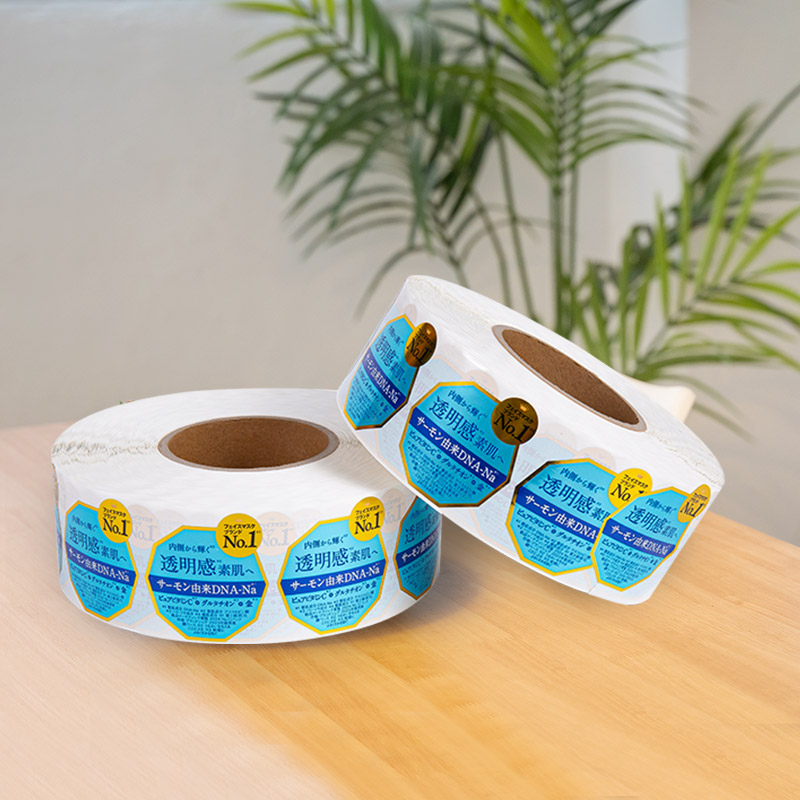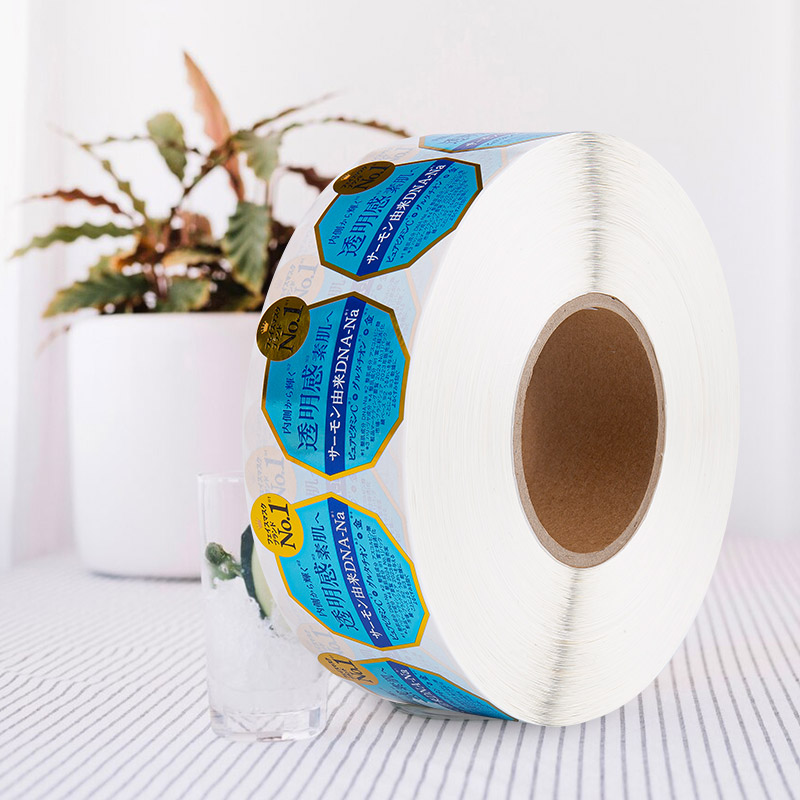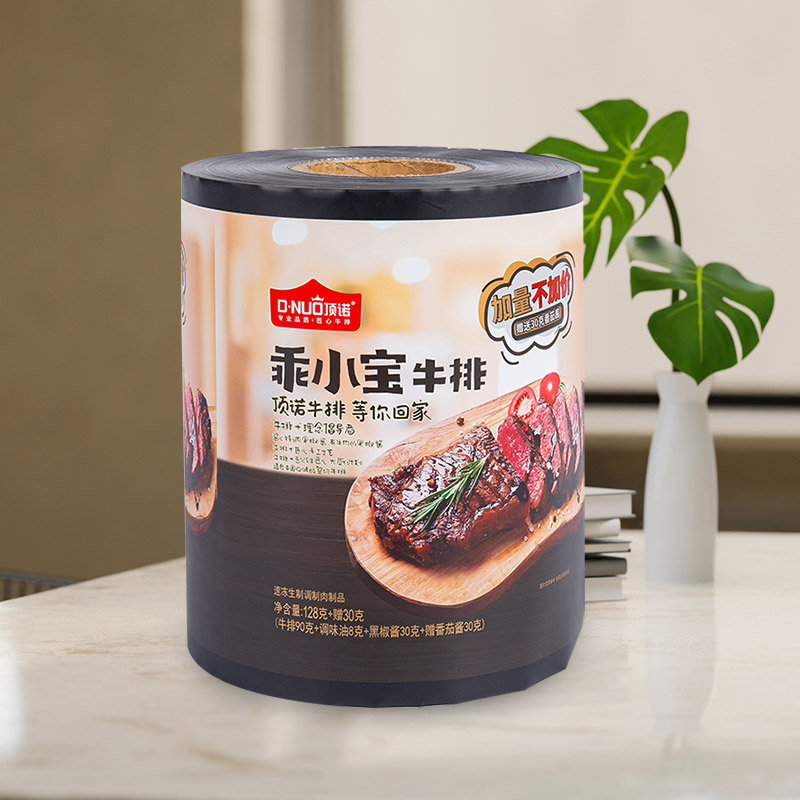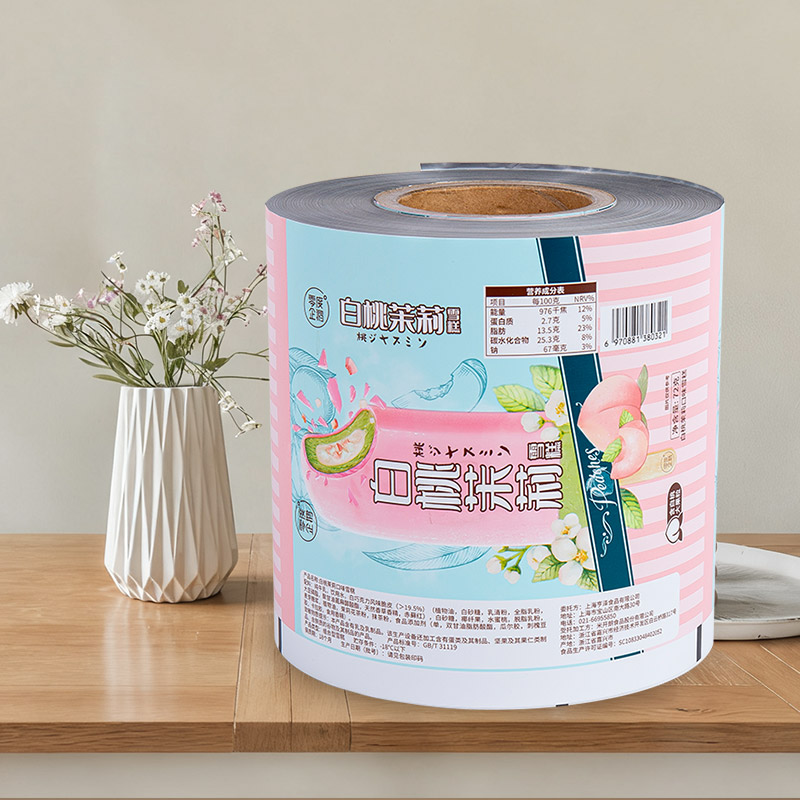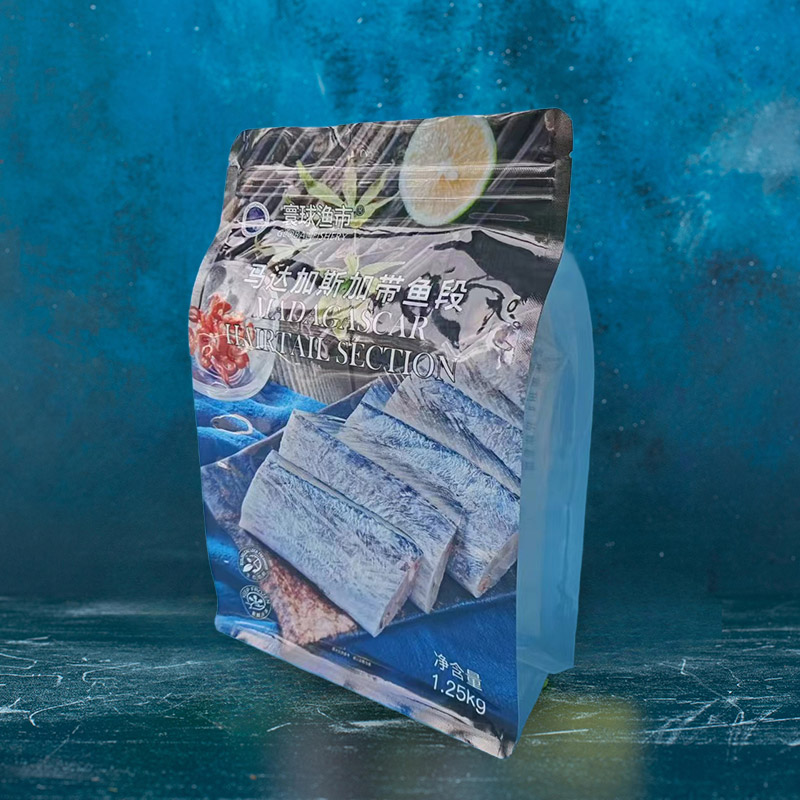In the ever-evolving coffee industry, packaging has become just as important as the beans themselves. As consumer expectations rise and competition intensifies, the role of packaging has expanded beyond mere containment—it now serves as a powerful tool for preserving freshness, communicating brand identity, and attracting attention on retail shelves.
Coffee is a product deeply affected by its environment. Exposure to oxygen, light, moisture, and even temperature fluctuations can quickly degrade its quality, especially for freshly roasted beans. Effective packaging is essential to maintaining the integrity of the coffee from the roastery to the consumer’s cup. The right bag or pouch acts as a protective barrier, sealing in the rich aroma and flavor while extending shelf life.
But functionality isn’t the only consideration. In a crowded marketplace, eye-catching packaging can set a brand apart. Whether it’s a sleek minimalist design or a bold, colorful pouch, packaging is often the first impression a customer has of a product. Custom coffee pouches offer brands a unique opportunity to express their personality, tell their story, and build trust with their audience—all while ensuring that the coffee inside stays as fresh as the day it was roasted.
From flat bottom pouches to compostable materials, the world of coffee packaging is full of innovative options tailored to both aesthetic and practical needs. This article explores the most popular types of coffee packaging bags, materials used, custom design possibilities, and the latest trends shaping the industry, helping you make informed decisions whether you're a small-batch roaster or an established coffee brand.
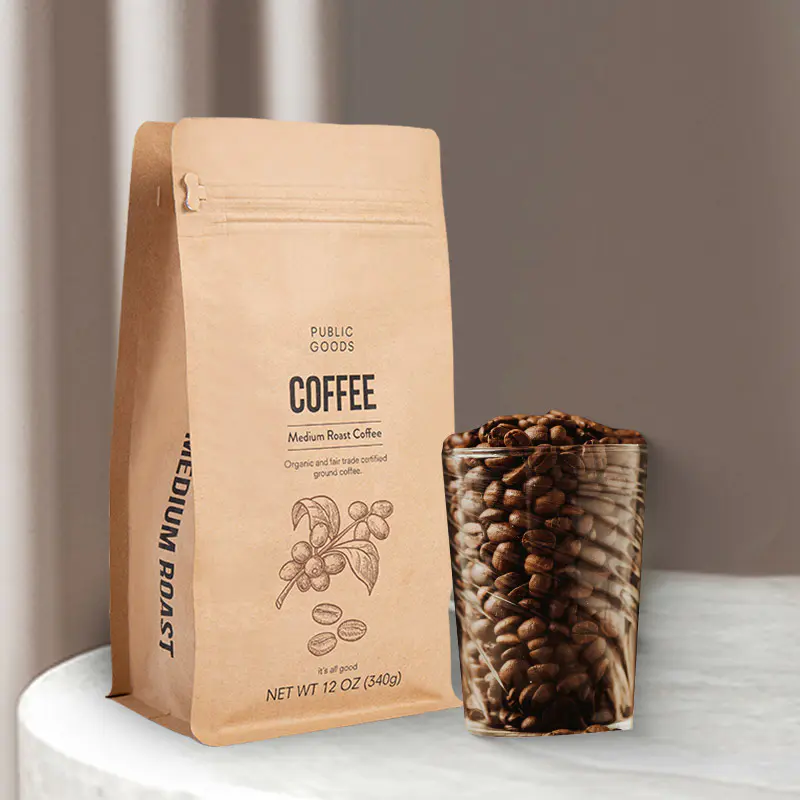
Content
- 1 Types of Coffee Packaging Bags
- 2 Materials Used in Coffee Packaging
- 3 Custom Coffee Pouches: Design and Branding
- 4 Key Features to Consider
- 5 Sustainability in Coffee Pouch Packaging
- 6 Choosing the Right Size and Dimensions
- 7 Where to Buy Coffee Packaging Bags
- 8 Cost Analysis
- 9 Trends in Coffee Pouch Packaging
- 10 Conclusion
Types of Coffee Packaging Bags
Choosing the right type of coffee packaging bag is essential for maintaining product quality, optimizing shelf presence, and meeting consumer expectations. Different bag styles offer unique features suited to various storage, display, and branding needs. Below are some of the most common types of coffee packaging bags used in the industry today:
Flat Bottom Pouches
Benefits:
Flat bottom pouches are known for their box-like structure, which provides excellent shelf stability and a premium appearance. Their design allows them to stand upright without external support, making them ideal for both display and storage. The multiple flat surfaces also offer a large printable area for brand messaging and product information.
Ideal Uses:
Flat bottom pouches are often used for high-end retail coffee products. Their rigid, structured form and polished look make them a favorite for specialty roasters aiming to convey quality and professionalism.
Stand Up Pouches
Benefits:
These pouches feature a bottom gusset that expands when filled, allowing them to stand upright on store shelves. Many come with re-sealable zippers, making them convenient for consumers who prefer fresh coffee over multiple uses.
Ideal Uses:
Stand up pouches are versatile and suitable for various coffee types, from ground coffee to whole beans. They are commonly used in both retail and online sales due to their cost-effectiveness and adaptability.
Side Gusset Bags
Benefits:
Side gusset bags offer a traditional look with a compact, space-efficient design. They expand at the sides rather than the bottom, which allows for higher fill volumes and easier storage in bulk.
Ideal Uses:
Often seen in coffee shops and wholesale distribution, side gusset bags are ideal for bulk packaging and commercial use. Their tall, narrow profile also makes them a good choice for display in tight shelf spaces.
Valve Bags
Benefits:
Freshly roasted coffee beans release carbon dioxide, which can build up in sealed bags and cause bloating or ruptures. Valve bags solve this problem by incorporating one-way degassing valves that allow CO₂ to escape without letting oxygen in—preserving freshness and aroma.
Ideal Uses:
Valve bags are particularly important for packaging freshly roasted whole beans. They are used by both small-batch and large-scale roasters who prioritize quality and freshness from roasting to delivery.
Materials Used in Coffee Packaging
The choice of material plays a vital role in coffee packaging, directly influencing freshness, shelf life, consumer perception, and environmental impact. Different materials offer varying levels of protection against oxygen, moisture, light, and other external factors, while also catering to branding, printing, and sustainability needs. Below are some of the most commonly used materials in modern coffee packaging:
Foil Lined Bags
Benefits:
Foil-lined bags offer superior barrier protection against oxygen, moisture, and UV light—three elements that significantly affect coffee freshness. The aluminum layer acts as a shield, locking in aroma and flavor while preventing spoilage.
Considerations:
While foil provides excellent performance, it comes at a higher cost. Moreover, these bags are often non-recyclable unless designed with specific recovery systems, which may not be available in all regions.
Kraft Paper Bags
Benefits:
Kraft paper packaging offers a natural, rustic aesthetic that appeals to environmentally conscious consumers. Lightweight and typically recyclable, these bags are often chosen for their minimalistic look and lower environmental footprint.
Considerations:
On their own, kraft paper bags lack the barrier strength needed to protect coffee from moisture and air. For better performance, they are usually combined with inner linings or laminated layers, which can complicate recycling.
Plastic Laminated Bags
Benefits:
Plastic-laminated bags are made by fusing multiple layers of plastics and/or other materials, creating a strong, durable, and flexible packaging option. These bags are highly customizable and support advanced printing techniques, making them ideal for standout designs.
Considerations:
Although effective, plastic laminates are often criticized for their environmental impact. Many are not recyclable due to mixed materials, leading to landfill waste unless produced with mono-material or recyclable film technology.
Recyclable and Biodegradable Materials
Benefits:
As sustainability becomes a growing priority, more coffee brands are turning to recyclable and biodegradable materials. Options include compostable films, plant-based bioplastics, and mono-material polyethylene films that are curbside recyclable.
Considerations:
Eco-friendly materials tend to come at a higher cost and may have shorter shelf-life or lower barrier performance compared to conventional options. It's crucial to balance environmental goals with product preservation and consumer expectations.
Custom Coffee Pouches: Design and Branding
While functionality is critical in coffee packaging, visual identity and brand recognition are equally important. Custom coffee pouches serve as a canvas to communicate your brand’s story, values, and quality promise. With countless options for colors, finishes, and formats, custom packaging has become a strategic asset for both emerging and established coffee brands.
Importance of Branding
Custom pouches provide an opportunity to stand out in a crowded market. Your packaging is often the first point of contact between your brand and the consumer. A well-designed pouch can build trust, influence purchase decisions, and reinforce brand loyalty over time.
From minimalist designs that speak to premium quality, to bold patterns that convey innovation or heritage-inspired visuals that hint at origin, the right packaging design can align your coffee product with the expectations and values of your target audience.
Design Elements
Several design components contribute to effective custom coffee pouch branding:
Color Schemes: Color plays a psychological role in packaging. Earth tones may evoke a sense of organic or artisanal quality, while bright colors suggest energy and freshness. Consistent use of color across your product line builds visual identity.
Logos and Icons: A clear, memorable logo is essential. Icons or badges (e.g., “100% Arabica,” “Small Batch Roasted,” “Organic Certified”) can also quickly convey value.
Typography: Fonts should match your brand personality—modern, vintage, playful, or bold—and remain readable, even on small packages.
Informational Layout: Roasting date, grind type, origin, and tasting notes should be clearly displayed, especially for specialty coffees where consumers value transparency and detail.
Printing Techniques
The printing method you choose can affect cost, visual quality, and production speed. Here are the most commonly used techniques:
Digital Printing: Ideal for short runs and intricate designs, digital printing offers high-definition results and flexibility. It’s perfect for brands with multiple SKUs or frequently changing artwork.
Flexographic Printing: More cost-effective for larger runs, flexographic printing uses flexible plates and is suitable for simpler designs with fewer colors. While less detailed than digital printing, it offers efficiency and scalability.
Rotogravure Printing: Typically used for high-volume orders with long-term, consistent designs, this method delivers excellent color consistency and durability.
Key Features to Consider
When designing or selecting coffee packaging, it's not just about appearance and materials—practical features play a significant role in ensuring product integrity and enhancing consumer convenience. Below are some essential packaging components that contribute to both performance and usability.
Valves
One-Way Degassing Valves:
Freshly roasted coffee continues to release carbon dioxide for days after roasting. Without a mechanism to release this gas, pressure can build up inside the package, potentially causing it to burst or negatively affecting the coffee.
One-way degassing valves are a standard feature in specialty coffee packaging. They allow CO₂ to escape while preventing oxygen and moisture from entering, helping preserve aroma and freshness.
Why It Matters:
This feature is especially critical for whole bean coffee and products shipped soon after roasting. It extends shelf life and maintains flavor without compromising packaging integrity.
Re-sealable Closures
Zipper Closures:
Many stand-up pouches and flat bottom bags include zip-lock mechanisms, allowing customers to reseal the bag after opening. This prevents air exposure between uses and keeps the coffee fresher for longer.
Tin Ties:
Often used in kraft paper bags and side gusset bags, tin ties offer a simple, bendable closure at the top of the bag. They’re affordable and easy to use, though less airtight than zippers.
Why It Matters:
Resealable features improve customer experience and reduce waste by extending usability. Consumers appreciate packaging that maintains freshness without needing additional storage containers.
Tear Notches
Tear notches are small pre-cut slits on either side of a heat-sealed top edge. They provide a convenient opening method that eliminates the need for scissors or knives.
Why It Matters:
Easy-open packaging adds to product convenience and consumer satisfaction. It’s a small detail, but it significantly impacts how customers perceive your brand’s attention to quality.
Sustainability in Coffee Pouch Packaging
Sustainability is no longer a niche concern—it’s a growing expectation among coffee consumers. As environmental awareness rises, more brands are adopting eco-conscious packaging solutions that balance performance with responsibility. From biodegradable films to minimalist designs, sustainable coffee packaging is shaping the future of the industry.
Eco-Friendly Materials
Using materials with reduced environmental impact is one of the most effective ways to support sustainability goals. Common eco-conscious options include:
Recycled Content: Packaging made from recycled paper or plastic reduces the need for virgin raw materials and diverts waste from landfills.
Compostable Films: Made from plant-based materials like PLA (polylactic acid), these films can break down in industrial composting facilities.
Mono-Material Films: Easier to recycle than multi-layered laminates, mono-material films are designed with circularity in mind.
Why It Matters:
Eco-friendly materials appeal to environmentally conscious consumers and align with global efforts to reduce plastic waste and carbon emissions.
Reducing Packaging Waste
In addition to material choice, structural and visual design can also reduce environmental impact:
Minimalist Designs: Simple, clean graphics use fewer inks and coatings. A minimal design can also enhance the premium look of your product while reducing production complexity.
Right-Sizing: Designing pouches that fit your product without excess material helps reduce waste and shipping volume.
Refill Options: Some brands now offer refillable packaging systems or subscription models with reduced packaging for returning customers.
Why It Matters:
Efficient design not only saves resources but also reflects a modern, conscious approach to branding and customer experience.
Certifications
Credible certifications add transparency and trust to your sustainability claims. Look for these industry-recognized labels:
Compostable Certifications: Labels such as TÜV Austria (OK Compost), BPI (Biodegradable Products Institute), or EN 13432 signify that materials meet specific compostability standards.
Recyclable Content Certifications: Certifications from organizations like How2Recycle or the Forest Stewardship Council (FSC) provide guidance and assurance on recyclability and responsible sourcing.
Why It Matters:
Certifications help communicate authenticity and allow consumers to make informed, ethical choices—especially in an era where “greenwashing” is a growing concern.
Choosing the Right Size and Dimensions
Selecting the right size and dimensions for your coffee packaging is essential for product preservation, brand presentation, shipping efficiency, and overall customer satisfaction. Whether you're selling small-batch specialty beans or offering wholesale quantities, the bag size should align with both the product’s physical characteristics and your target market's expectations.
Factors to Consider
Several practical elements influence the ideal size and shape of your coffee pouch:
Coffee Bean Density: Lighter roast beans are typically larger and less dense than darker roasts, affecting how much volume they occupy. This can alter the net weight-to-volume ratio.
Grind Type: Ground coffee takes up less space than whole beans, so pouches designed for each may need different dimensions.
Storage Method: If the product will be vacuum-sealed or packed with a valve, bag volume requirements may differ.
Consumer Use: Will customers use the coffee all at once or over time? A resealable pouch with enough headspace may be better for multi-use scenarios.
Standard Sizes
Coffee packaging comes in several common formats, designed to suit both retail and bulk distribution. Typical sizes include:
2oz (57g): Sample packs or single-use portions, great for promotional campaigns or trial packs.
12oz (340g): One of the most popular retail sizes, ideal for home brewers and specialty roasters.
1lb (454g): Common for both home and commercial use, offering a longer supply without being too bulky.
2lb (907g) and 5lb (2.27kg): Designed for bulk buyers, subscription services, coffee shops, and restaurants.
Why It Matters:
Standard sizes make it easier to source stock bags, optimize logistics, and meet consumer expectations. They’re also well-suited for fitting into standard retail shelving and shipping boxes.
Custom Sizing
For brands looking to stand out or cater to unique customer preferences, custom-sized bags can be a smart investment. Benefits include:
Tailored Fit: Maximize efficiency by designing bags that fit your product exactly—no more, no less.
Brand Differentiation: Unique proportions or shapes can enhance shelf appeal and reinforce your brand identity.
Optimized Shipping: Custom sizes may reduce dimensional shipping costs and improve packaging efficiency.
Why It Matters:
Custom sizing allows you to control every aspect of the customer experience, from visual impression to unboxing and storage. It also minimizes wasted materials and can make your product more memorable.
Where to Buy Coffee Packaging Bags
Finding the right supplier is a crucial step in developing reliable, high-quality coffee packaging. Whether you're launching a new coffee brand or upgrading existing packaging, sourcing from the right vendor can impact cost, lead time, customization options, and sustainability goals. Here are the most common sourcing channels, along with their advantages and considerations.
Online Suppliers
Pros:
Convenience: Online platforms offer a wide selection of stock and custom packaging, often with low minimum order quantities.
Global Access: You can source from manufacturers across different countries, giving you more competitive pricing and options.
Design Tools: Many websites offer online tools to customize pouches with your logo, colors, and text before placing an order.
Cons:
Shipping Time: International orders may come with long lead times and customs delays.
Quality Variation: It can be difficult to verify product quality without physical samples.
Limited Support: Some platforms offer minimal after-sales service or support if issues arise.
Popular Platforms:
Alibaba
Packhelp
Pouch Direct
ePac Flexible Packaging
Uline (for standard pouches)
Wholesale Options
Pros:
Bulk Discounts: Ordering large volumes significantly reduces unit cost, which is ideal for scaling businesses.
Consistency: Established wholesalers often guarantee consistent quality and reliable supply.
Business Support: Many wholesale suppliers offer tailored solutions for coffee brands, including storage and logistics support.
Cons:
High MOQs (Minimum Order Quantities): May not be suitable for startups or smaller operations.
Less Flexibility: Wholesale options often limit customization unless you're placing very large orders.
Best For:
Established roasters, growing brands, and coffee distributors who need a consistent supply of packaging at scale.
Local Packaging Companies
Pros:
Faster Turnaround: Working with a local supplier can drastically cut down lead times and shipping costs.
Easy Communication: Time zone alignment and face-to-face interactions (if local) improve collaboration and quality assurance.
Support Local Economy: Partnering with regional businesses helps support your community and may align with your brand’s ethical values.
Cons:
Higher Costs: Local manufacturing may come with a higher price point due to labor and operational expenses.
Limited Selection: Small-scale local companies might have fewer material, size, or printing options.
Best For:
Brands that prioritize agility, communication, and sustainability through local sourcing.
Cost Analysis
Understanding the cost structure of coffee packaging is essential for effective budgeting, pricing strategy, and long-term business planning. Packaging can account for a significant portion of your overall product cost, especially when customized features and sustainable materials are involved. By breaking down the key cost components and exploring strategies to manage them, you can make informed decisions that align with both your brand and your budget.
Factors Affecting Cost
Several elements contribute to the total cost of coffee packaging:
Material Type: High-barrier films like aluminum foil or compostable bioplastics are typically more expensive than standard polyethylene or kraft paper.
Bag Style and Structure: Flat bottom pouches, valve bags, and custom die-cut shapes tend to cost more than simpler side-gusset or stand-up pouches due to complex manufacturing processes.
Printing Method:
Digital Printing is ideal for small runs and high customization but comes at a higher cost per unit.
Flexographic and Rotogravure Printing reduce cost per unit at higher volumes but require initial plate or cylinder fees.
Features and Add-ons: One-way valves, resealable zippers, matte or gloss finishes, spot UV, and custom tear notches all add to the price.
Order Quantity: Volume purchasing reduces the unit price. Small batches may be more expensive per unit due to setup costs and lower economies of scale.
Shipping and Import Costs: Freight fees, customs duties, and packaging weight can significantly impact your final cost, especially for international orders.
Budgeting Tips
To balance quality with affordability, consider the following strategies:
Order in Bulk When Possible: Higher quantities bring lower per-unit costs, especially for common sizes and materials.
Use Standard Sizes: Custom dimensions and unique shapes require custom tooling and production, which can be expensive. Opting for industry-standard sizes cuts both cost and lead time.
Start with Digital Printing: For startups or brands with frequent design updates, digital printing avoids expensive setup fees and enables fast prototyping.
Consider Semi-Custom Solutions: Instead of fully custom bags, use pre-made pouches with custom stickers or labels to reduce cost while maintaining brand presence.
Factor in Hidden Costs: Don’t forget to include storage, warehousing, and potential waste from overordering or design errors.
Example:
Let’s say a standard 12oz flat bottom pouch with foil lining, degassing valve, and resealable zipper costs $0.50/unit for 1,000 units. Ordering 10,000 units could reduce the price to $0.30/unit, saving $2,000 overall—an impactful margin for any coffee business.
Trends in Coffee Pouch Packaging
Coffee packaging is constantly evolving, driven by consumer behavior, environmental priorities, and advances in printing and materials. Staying current with these trends can help brands stay competitive, appeal to modern buyers, and even reduce costs or environmental impact. Here are some of the most influential trends shaping the coffee pouch packaging landscape today:
Minimalist Designs
Overview:
Clean, uncluttered packaging is becoming increasingly popular. Many brands are embracing simple layouts with neutral color palettes, subtle textures, and refined typography.
Why It’s Popular:
Appeals to modern aesthetics and a sense of authenticity.
Suggests premium quality and brand confidence.
Easier to print and sometimes more cost-effective.
Applications:
Minimalist designs are particularly favored by specialty roasters and brands aiming for an artisan or upscale market image.
Sustainable Packaging
Overview:
Eco-conscious consumers are seeking out brands that actively reduce their environmental impact. This has led to a sharp rise in the use of recyclable films, compostable pouches, and reduced material waste designs.
Current Innovations:
Biodegradable PLA films derived from cornstarch.
Mono-material pouches that are easier to recycle.
Water-based inks and non-toxic adhesives.
Why It’s Popular:
Sustainability is no longer optional for many customers—it’s expected. Packaging that aligns with environmental values helps build trust and long-term brand loyalty.
Applications:
Ideal for brands with a strong sustainability message, local or organic coffee producers, or those targeting health- and environment-conscious markets.
Digital Printing
Overview:
Digital printing is transforming how brands approach packaging by allowing greater customization, faster turnaround, and lower minimum order quantities.
Why It’s Popular:
Enables quick changes for seasonal blends, limited editions, or market-specific labeling.
Delivers high-quality, full-color graphics without setup fees for plates.
Reduces waste by enabling just-in-time production.
Applications:
Small and mid-size roasters can produce professional-looking packaging without committing to massive print runs, while larger brands can create targeted or regionalized designs efficiently.
Smart Packaging (Emerging)
Overview:
Some brands are experimenting with QR codes, NFC tags, or smart inks to provide consumers with traceability, brewing guides, or brand stories through their phones.
Why It’s Gaining Interest:
Interactive packaging can elevate customer engagement and enhance transparency, especially with single-origin or fair-trade coffees.
Applications:
Used in premium segments or for storytelling-focused campaigns aimed at educating customers or enhancing brand interaction.
Conclusion
Coffee packaging plays a crucial role in preserving the quality, freshness, and aroma of coffee while serving as a powerful marketing tool. From the choice of bag type—whether flat bottom, stand-up, side gusset, or valve bags—to the selection of materials like foil-lined films or eco-friendly kraft paper, every decision impacts the customer experience and brand perception.
Custom coffee pouches offer brands the opportunity to showcase their identity through thoughtful design, from color schemes and logos to printing techniques. Key functional features such as one-way degassing valves, resealable closures, and tear notches enhance both product protection and user convenience.
Sustainability is increasingly important, driving innovation in biodegradable materials and minimalist designs that reduce waste without sacrificing performance. Selecting the right size and dimensions ensures efficient shipping and storage, while sourcing packaging from reliable suppliers balances cost, quality, and customization needs.
Staying informed about industry trends—from minimalist aesthetics and digital printing to smart packaging—helps coffee brands remain competitive and responsive to consumer preferences.
Ultimately, the best coffee packaging bag aligns with your brand’s values, product requirements, and customer expectations. Thoughtful packaging is more than a container; it’s an extension of your coffee’s story and quality promise.

 EN
EN
 English
English 日本語
日本語 Español
Español Deutsch
Deutsch عربى
عربى



